
High-Performance Gear Systems | Custom Solutions for Heavy-Duty Applications
Browse our precision-engineered gearboxes, hydraulic spindles, and cast housings – designed for extreme durability, 30% longer lifespan, and seamless OEM integration.Stainless steel chain is a versatile and durable component widely used in various industries due to its excellent corrosion resistance, strength, and longevity. Whether for industrial applications, marine environments, or decorative purposes, stainless steel chains offer reliability and performance. In this detailed guide, we will explore the product parameters, benefits, and common questions about stainless steel chains, presented in a clear and professional manner to help you make informed decisions.
Stainless steel chains come in various grades and specifications to meet different needs. Below, we have listed the key parameters in both list and table formats for easy reference.
| Parameter | Details | Common Values |
|---|---|---|
| Material Grade | 304 Stainless Steel | Good corrosion resistance, suitable for general use. |
| Material Grade | 316 Stainless Steel | Enhanced corrosion resistance, ideal for marine and chemical environments. |
| Chain Type | Proof Coil Chain | Economical, used for light-duty applications like fencing. |
| Chain Type | High-Test Chain | Higher strength, suitable for towing and securing heavy loads. |
| Diameter | 1/4 inch | WLL approximately 1,200 lbs (544 kg). |
| Diameter | 3/8 inch | WLL approximately 2,600 lbs (1,179 kg). |
| Length | Custom | Available in cuts or bulk rolls, typically 50 ft or 100 ft lengths. |
| Finish | Bright Finish | Polished surface for decorative use, resistant to tarnishing. |
| Finish | Brushed Finish | Matte appearance, reduces glare and hides scratches. |
| Working Load Limit | Varies by diameter | For example, 1/2 inch chain has a WLL of about 4,700 lbs (2,132 kg). |
| Temperature Range | 304 Grade | -100°F to 1000°F (-73°C to 538°C). |
| Certifications | ASTM A240 | Standard specification for chromium and chromium-nickel stainless steel. |
What is the difference between 304 and 316 stainless steel chain?
304 stainless steel chain offers good corrosion resistance and is cost-effective for general applications, such as indoor use or environments with minimal exposure to chemicals. 316 stainless steel chain contains molybdenum, which provides superior resistance to chlorides and acids, making it ideal for marine, coastal, or industrial settings where corrosion is a concern.
How do I determine the right chain diameter for my application?
To select the appropriate chain diameter, consider the working load limit (WLL) required for your task. Calculate the maximum weight or force the chain will bear, and choose a diameter with a WLL that exceeds this value by a safety factor (typically 4:1 or 5:1 for lifting applications). For example, if lifting 1,000 lbs, use a chain with a WLL of at least 4,000 lbs. Always refer to manufacturer specifications and safety guidelines.
Can stainless steel chain be used in high-temperature environments?
Yes, stainless steel chains can withstand high temperatures, but the exact range depends on the grade. Grade 304 can handle temperatures up to 1000°F (538°C), while grade 316 may have slightly lower resistance due to its composition. For extreme temperatures, specialized alloys might be necessary. Always check the product datasheet for specific temperature limits to avoid degradation or failure.
What maintenance is required for stainless steel chain?
Stainless steel chain requires minimal maintenance due to its corrosion-resistant properties. Regular cleaning with soap and water can remove dirt and debris. For harsh environments, occasional lubrication with a stainless-steel-friendly lubricant may be needed to prevent galling or wear. Inspect the chain periodically for signs of damage, such as cracks or elongation, and replace it if necessary to ensure safety.
Is stainless steel chain suitable for marine applications?
Absolutely, especially grade 316 stainless steel chain, which is highly resistant to saltwater corrosion. It is commonly used for boat mooring, anchoring, and rigging. However, ensure proper installation and avoid galvanic corrosion by using compatible fittings. Regular rinsing with fresh water after exposure to saltwater can extend its lifespan.
How does the finish affect the performance of the chain?
The finish primarily impacts aesthetics and minor functional aspects. A bright finish is shiny and resistant to tarnishing, ideal for decorative uses. A brushed finish has a matte look that hides scratches and reduces glare, suitable for functional applications where appearance matters less. The finish does not significantly alter the mechanical properties like strength or corrosion resistance, which are determined by the material grade.
Are there weight limitations for stainless steel chain?
Yes, each chain has a specified working load limit (WLL) based on its diameter and grade. Exceeding the WLL can lead to failure and accidents. For instance, a 3/8 inch grade 304 chain might have a WLL of 2,600 lbs, while a 1/2 inch chain could handle 4,700 lbs. Always adhere to the WLL and consider safety factors for dynamic loads or shock loading.
Can I cut and customize stainless steel chain myself?
Yes, stainless steel chain can be cut to custom lengths using appropriate tools like bolt cutters or angle grinders. However, ensure the cut is clean to avoid sharp edges that could cause injury or damage. For welded chains, cutting may affect integrity, so it's best to consult the manufacturer or a professional if used for critical applications. Always wear safety gear during customization.
What certifications should I look for when purchasing stainless steel chain?
Look for certifications such as ASTM A240 for material quality, ISO 9001 for manufacturing processes, and OSHA compliance for safety standards. These ensure the chain meets industry benchmarks for strength, corrosion resistance, and reliability. Reputable suppliers provide certification documents upon request.
How does stainless steel chain compare to other materials like galvanized steel?
Stainless steel chain offers superior corrosion resistance without the need for additional coatings, whereas galvanized steel chain relies on a zinc coating that can wear off over time. Stainless steel is also stronger and more durable in harsh environments, though it may be more expensive. For applications where corrosion is a primary concern, stainless steel is often the better choice despite the higher initial cost.
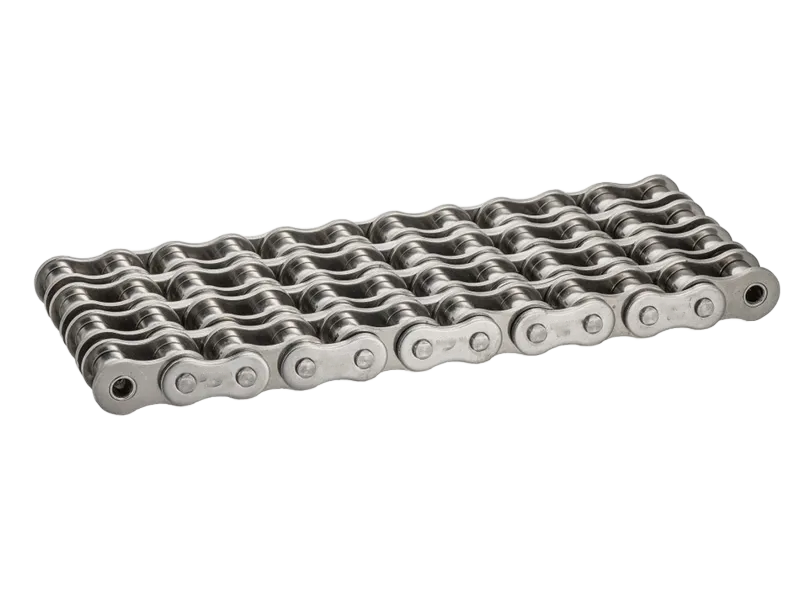
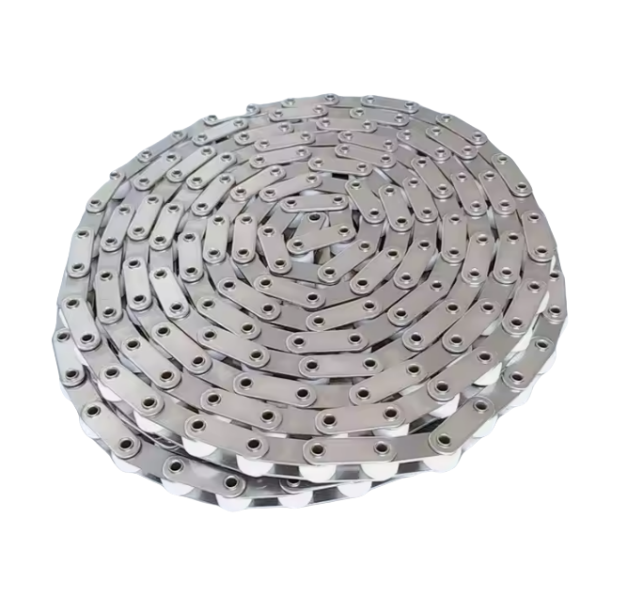
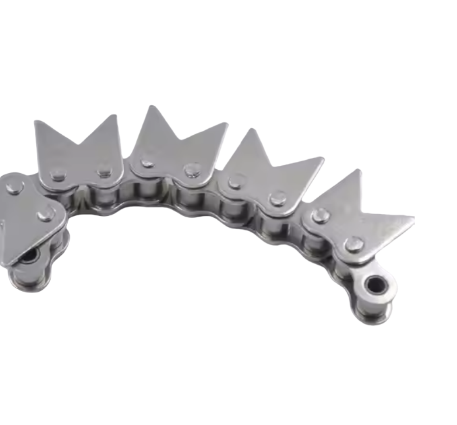

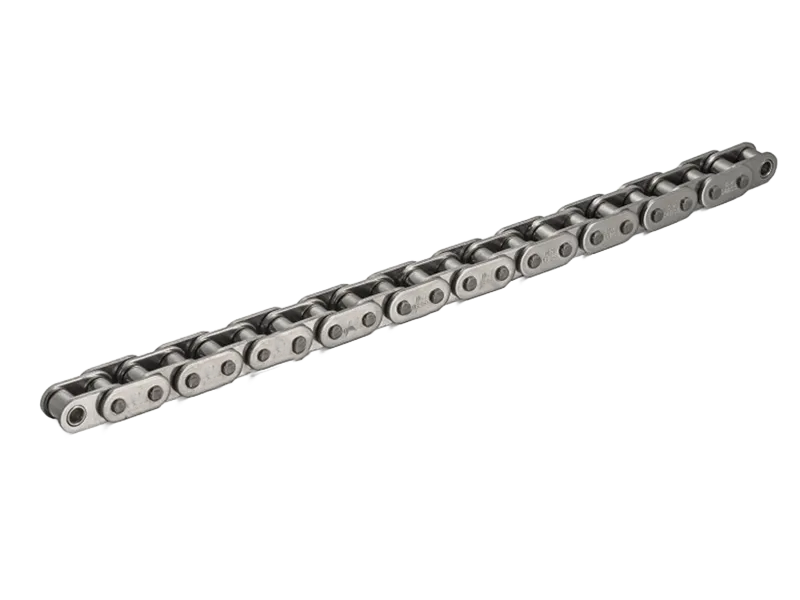
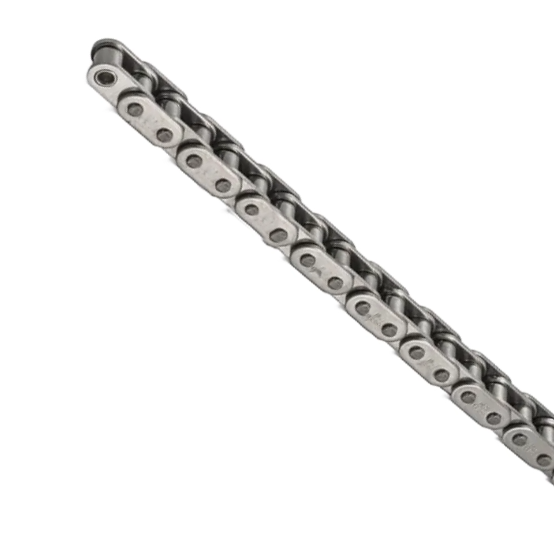
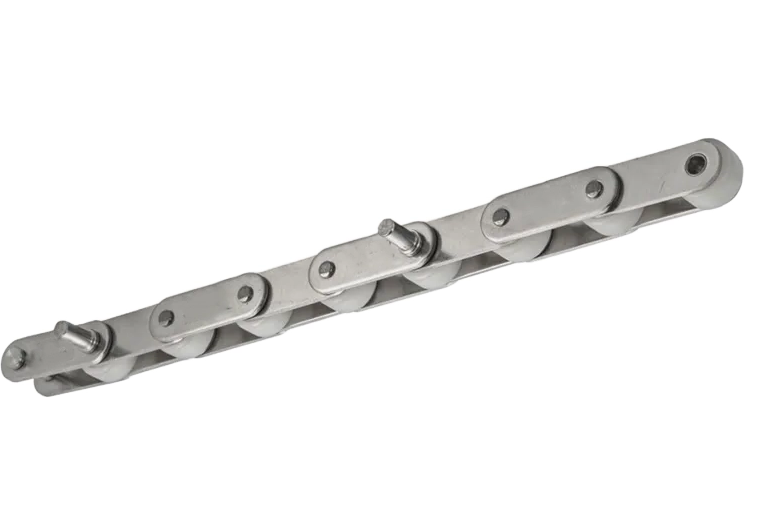
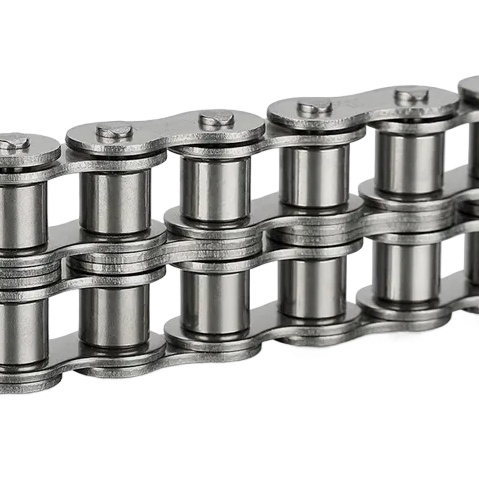
Copyright © Raydafon Technology Group Co.,Limited All Rights Reserved.